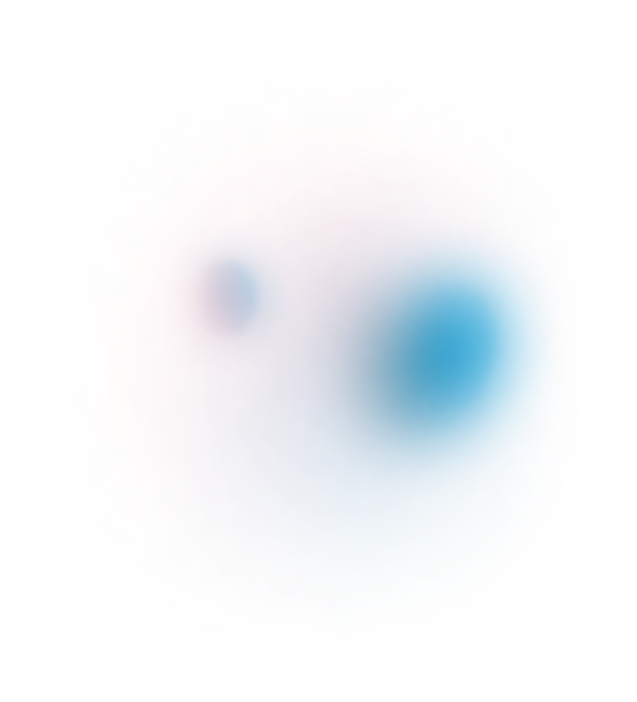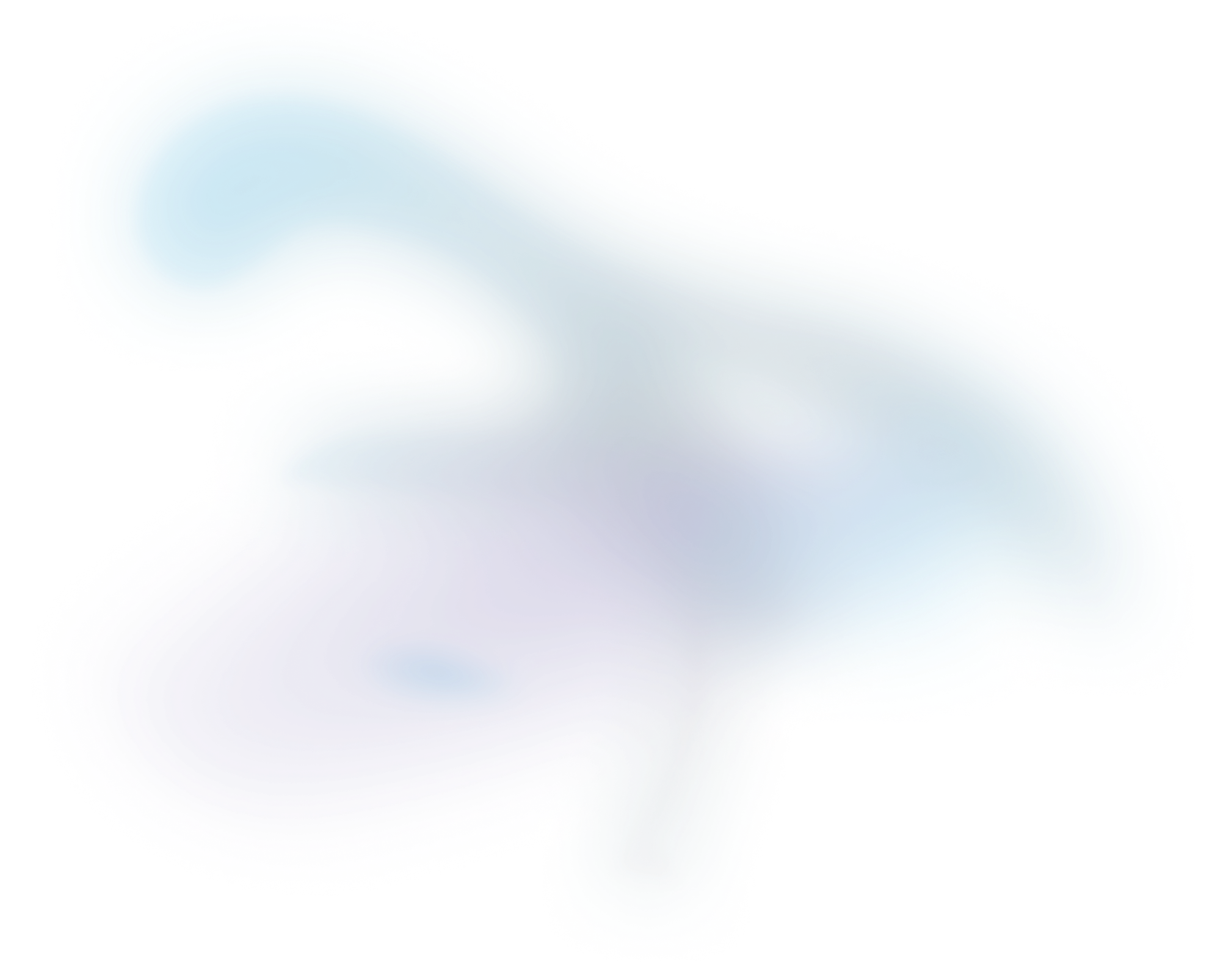

Introducing Weave®, a cloud-based software platform for integrated spatial multi-omics visualization and data analysis at ASMS 2024
In this series, we recap three different conferences where we officially welcomed Weave®, Aspect Analytics’ spatial multi-omics data analysis platform, here to make spatial multi-modality a formality!
Access publication

In early June, the mass spectrometry world descended on Anaheim for the annual American Society for Mass Spectrometry (ASMS) conference. Amid the balmy southern California weather, hospitality suites and Disney-inspired giveaways, Aspect Analytics introduced our Weave software platform! Weave is a dedicated cloud-based spatial multi-omics data management and data analysis software platform that allows its users to conduct unlimited analyses within and across multiple layers of spatial data.
Use cases for Weave were showcased in two presentations in the ASMS scientific program:
“A technology-neutral software package for integrated spatial multi-omics visualization and data analysis”
This poster outlined some of Weave’s different features, as presented in the Imaging MS: Computational Methods, Software, and Analysis session. This includes a cloud-based central data management hub to facilitate multi-disciplinary collaboration, non-rigid spatial data registration capable of single-cell accuracy for same-section measurements, and joint visualization of integrated datasets. The poster demonstrated these capabilities via two use cases. The first used serial mouse brain tissue sections combining a spatial lipidomics dataset acquired using mass spectrometry imaging (MSI) and a spatial proteomics dataset acquired using multiplexed immunofluorescence (mIF), courtesy of Lunaphore and their COMET instrument. The second was a pharma use case comparing two different highly-multiplexed antibody-labelling techniques.
To view this poster, please go here.
“Spatial multi-omics investigation of high-grade serous ovarian cancer tumor microenvironment provides insight into minimal residual disease and intrinsic chemoresistance”
Presented by Heath Patterson in the Cancer Research oral session, this study was a collaboration between Aspect Analytics, The University of Texas MD Anderson Cancer Center and University of Texas at Austin. Heath demonstrated how combining multimodal MSI for endogenous metabolites, N-glycans and tryptic peptides with cell typing information from mIF and traditional histology can be used to investigate the tumor microenvironment of malignant ovarian cancer. The work utilized Weave to create a cross-modality data structure for correlative, differential, and spatial multimodal data analysis. From this, we were able to associate interesting MS signatures with cell phenotypes, and conduct spatial analysis of the tumor-stroma interface based on cell and metabolic profiles.
A recording of this talk is accessible to ASMS members through the ASMS planner app. Please contact us for the slides.
